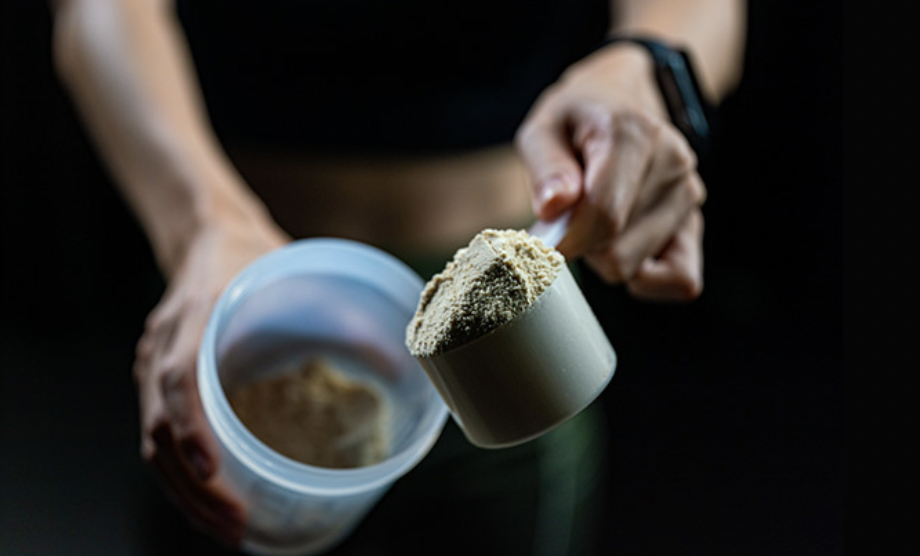Engaging with 100 gym-goers about their fitness objectives will likely reveal that 95 of them desire reduced body fat, increased muscle mass, and an enhanced metabolism. The remaining five individuals might be less forthcoming or, simply put, dissembling about their aspirations.
Optimizing body composition involves three core elements:
Lifting weights that challenge your muscles.
Increasing protein intake.
Slightly reducing daily calorie intake (around 300 to 500 below maintenance) or burning extra calories through exercise or additional daily movement.
The ultimate objective is to create a trend that signals the body to preserve or build muscle while shedding excess body fat. A tried-and-true method that takes care of two of these aspects is protein preloading.
What exactly is Protein Preloading?
This practice can be approached in two different ways:
Consuming the protein portion of a meal first, followed by fat and then carbs (meal sequencing). While effective, it might feel unconventional during regular meals.
Consuming roughly 20 grams of protein 20-30 minutes before solid meals.
Studies have shown that both methods contribute to fat loss, appetite control, and enhanced metabolic functions, such as improved blood sugar regulation. Of these methods, many prefer preloading by having a small protein shake before meals for its practicality with mixed meals compared to deconstructing a taco before consumption.
How to Implement Protein Preloading
It’s straightforward: have a scoop of Metabolic Drive (available on Amazon) before significant meals of the day. By incorporating this into three daily meals, you can harness the benefits of a high-protein diet, adding 66 grams of daily protein, managing calorie intake during meals, and triggering several positive metabolic functions that contribute to better body composition.
Why Metabolic Drive protein? Besides being the product we produce and trust, it contains a significant amount of micellar casein, a highly satiating protein form. This slow-digesting protein sustains protein synthesis, aids in muscle building, and stimulates metabolism.
For an enhanced effect, blend the protein with ice, amplifying its satiating impact.
Calorie Offsetting: A Practical Example
Imagine attending a party with tempting snacks and normal foods. Without consuming anything beforehand, you might end up eating 1200 calories, indulging in delicious loaded nachos.
However, consuming 22 grams of protein powder (110 calories) 30 minutes prior to arriving at the party could significantly temper your appetite. According to the protein leverage hypothesis, meeting your protein threshold—where your body reduces cravings—leads you to consume only 600 calories at the event. Thus, by counting the protein shake, your intake becomes 710 instead of 1200—a saving of 490 calories.
Remember, the key to an effective diet is feeling satiated. Protein preloading offers a way to achieve this.
Adopting Preloading and the Protein-First Strategy
If you’re using the protein-first method, divide two 2-scoop shakes into four 1-scoop shakes:
1 scoop of MD protein before breakfast, lunch, and dinner, 20-30 minutes prior.
1 scoop as a “snack” before bedtime or whenever needed.
Developing this routine can lead to improved metabolic function and body composition. Plus, with our MD protein kit, you’ll receive a free blender to help kickstart your journey.

